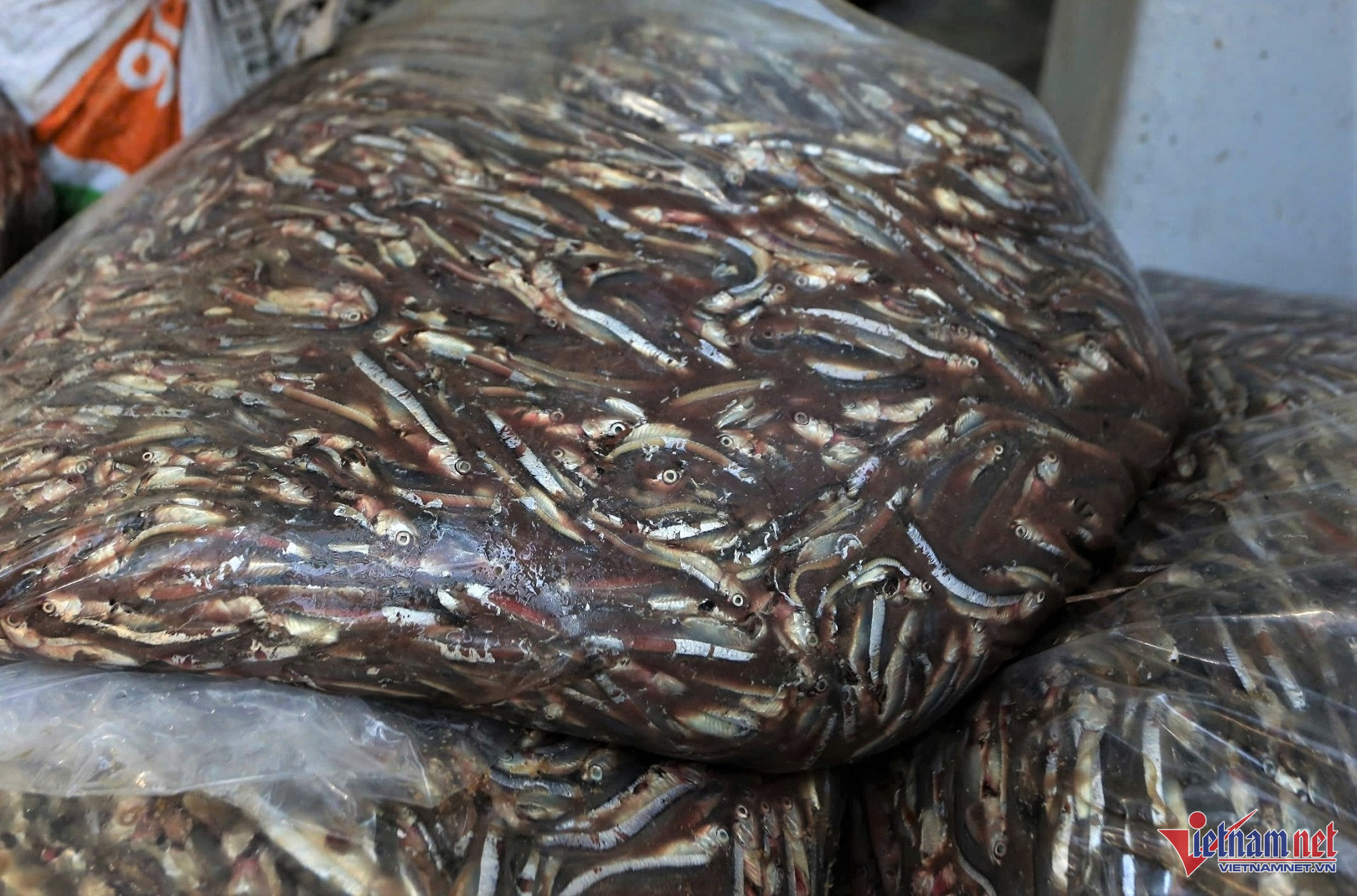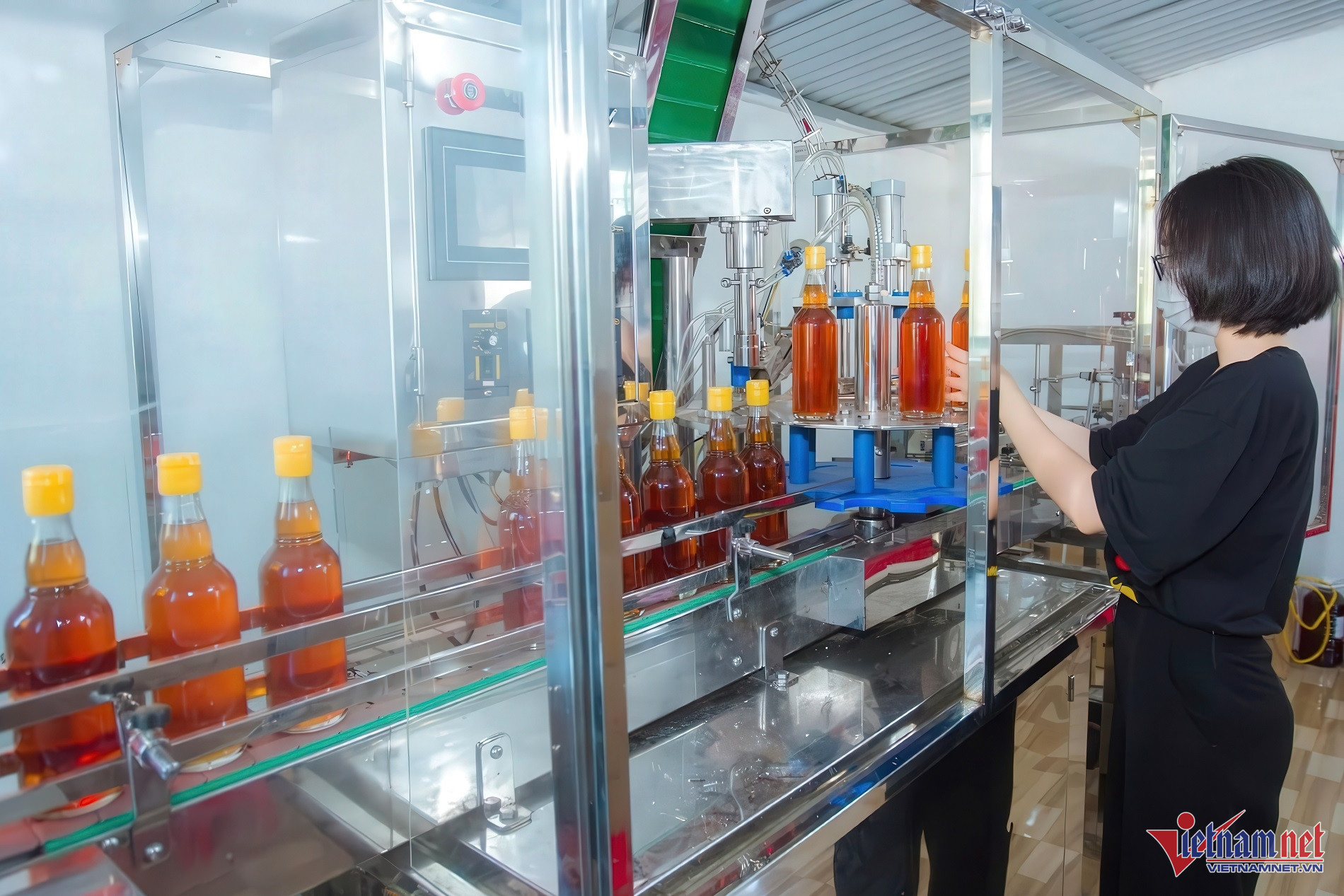In early November, Le Van Loi, a resident of Tam Thanh Commune in Tam Ky City, Quang Nam, was busy filling large fermentation vats with fresh anchovies. Unlike traditional methods, he utilizes solar energy and an automated stirring system.
As a fourth-generation fish sauce maker from a family with nearly a century of experience, Loi has long aspired to build his fortune in this trade.
In 2021, after learning that the Ha Tinh Center for Applied Science and Technology had successfully developed solar-powered and automated stirring systems for fish sauce production, he invested over 2 billion VND in this equipment. He also set up a nearly 1,000-square-meter fish salting area in his garden.



According to Loi, solar-powered fish sauce production generally follows the traditional process, with the main difference being that the heating and stirring are conducted using solar energy collected by panels. This has allowed him to cut production time in half and reduce labor requirements.
“With traditional methods, it takes 15-17 months of fermentation to obtain fish sauce, whereas with this technology, it only takes 8-10 months. The yield is also 20% higher, and the sauce has a better color,” Loi shared.
In traditional fish sauce production, ingredients are placed in small ceramic or cement containers with tight lids, which must be periodically opened to stir under sunlight.



Using solar technology has made production much more convenient. The automatic stirring system eliminates the need for manual labor.
Additionally, this method is independent of weather conditions, as the vats don’t need to be uncovered for sunlight exposure, reducing evaporation and ensuring greater hygiene.
The fermentation process circulates the fish sauce continuously through the solar-heated system, which evenly raises the temperature in each vat and increases the interaction between enzymes and microorganisms in the salted fish.



“The automated system stirs the fish sauce continuously, producing a pure product through heat circulation that ensures complete fermentation. The closed-loop system from start to finish maintains food safety and eliminates evaporation, which can contribute to air pollution,” Loi said.
Each year, Loi’s facility processes over 30 tons of anchovies, yielding more than 20,000 liters of fish sauce. With market prices between 80,000 and 110,000 VND per liter, his business brings in around 3 billion VND, with a 35% profit margin after expenses.
In 2023, the fish sauce produced by Cat Trang Agricultural and Service Cooperative, where Le Van Loi serves as director, received a 4-star OCOP (One Commune One Product) certification from Quang Nam Province. His product is now available at shops and supermarkets across Quang Nam and Da Nang.
Ha Nam